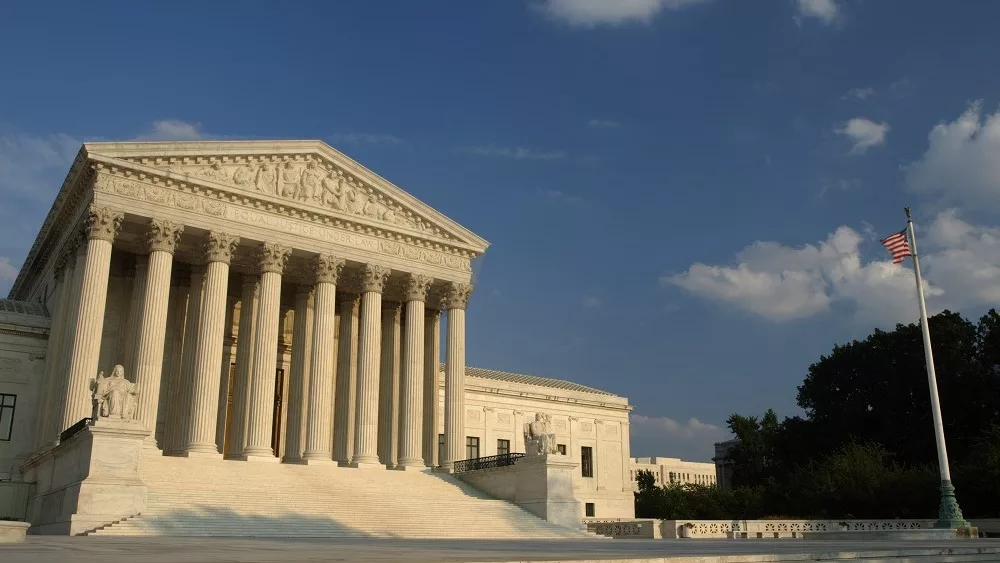
The U.S. Supreme Court last week overturned 40 years of legal precedent that gave federal agencies regulatory powers that federal courts had to follow. That’s why several ag leaders are calling the decision a huge victory for the ag industry.
“If we’re thinking about long-term impact, I would say this is easily one of the biggest decisions we’ve gotten from the Supreme Court, at least in the last decade,” according to Mary Thomas Hart, Chief Counsel with the National Cattlemen’s Beef Association.
Back in 1984, the U.S. Supreme Court ruled that federal agencies—like USDA, FDA, and EPA—not only had the power to put laws into place without Congressional approval—but the power to interpret and rule upon those very laws they issue. That 1984 case has been referred to as The Chevron Deference.
Last week, the U.S. Supreme Court, in its decision in Loper Bright Enterprises v. Raimondo (2024), overturned The Chevron Deference—which now gives federal judges to ability to call the shots instead of the agencies themselves.
Hart says The Chevron Deference allowed the EPA to reinterpret the WOTUS (Waters of the U.S.) statute 14 different times until the Supreme Court finally stepped in.
“Every time we got a new president, every time we got a new set of priorities, that definition changed, and the features that were on your property changed. It significantly affected the cost of compliance, cost of maintaining your own private property, and that is directly a product of ‘Chevron deference.’”
Travis Cushman with American Farm Bureau says they were thrilled with the Supreme Court’s decision, and that it puts Congress, instead of un-elected bureaucrats back in the driver’s seat.
“So many regulations that we believe—whether it’s USDA, EPA, the U.S. Department of Labor—push the bounds of what Congress intended, and this will force those agencies to really evaluate how much authority they have to regulate and allow us to challenge them when they’ve gone too far.”





